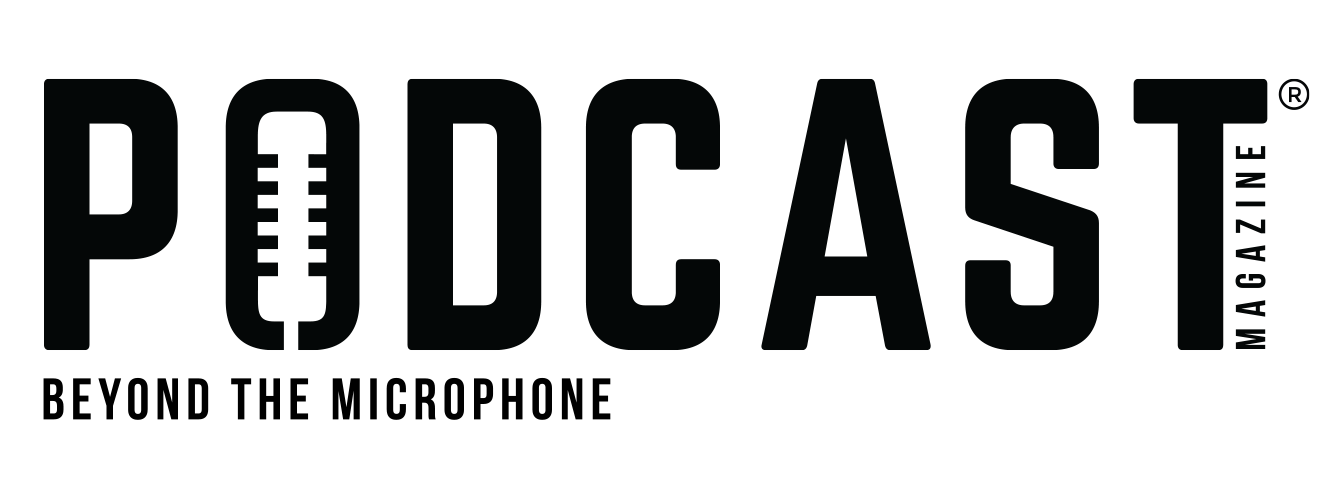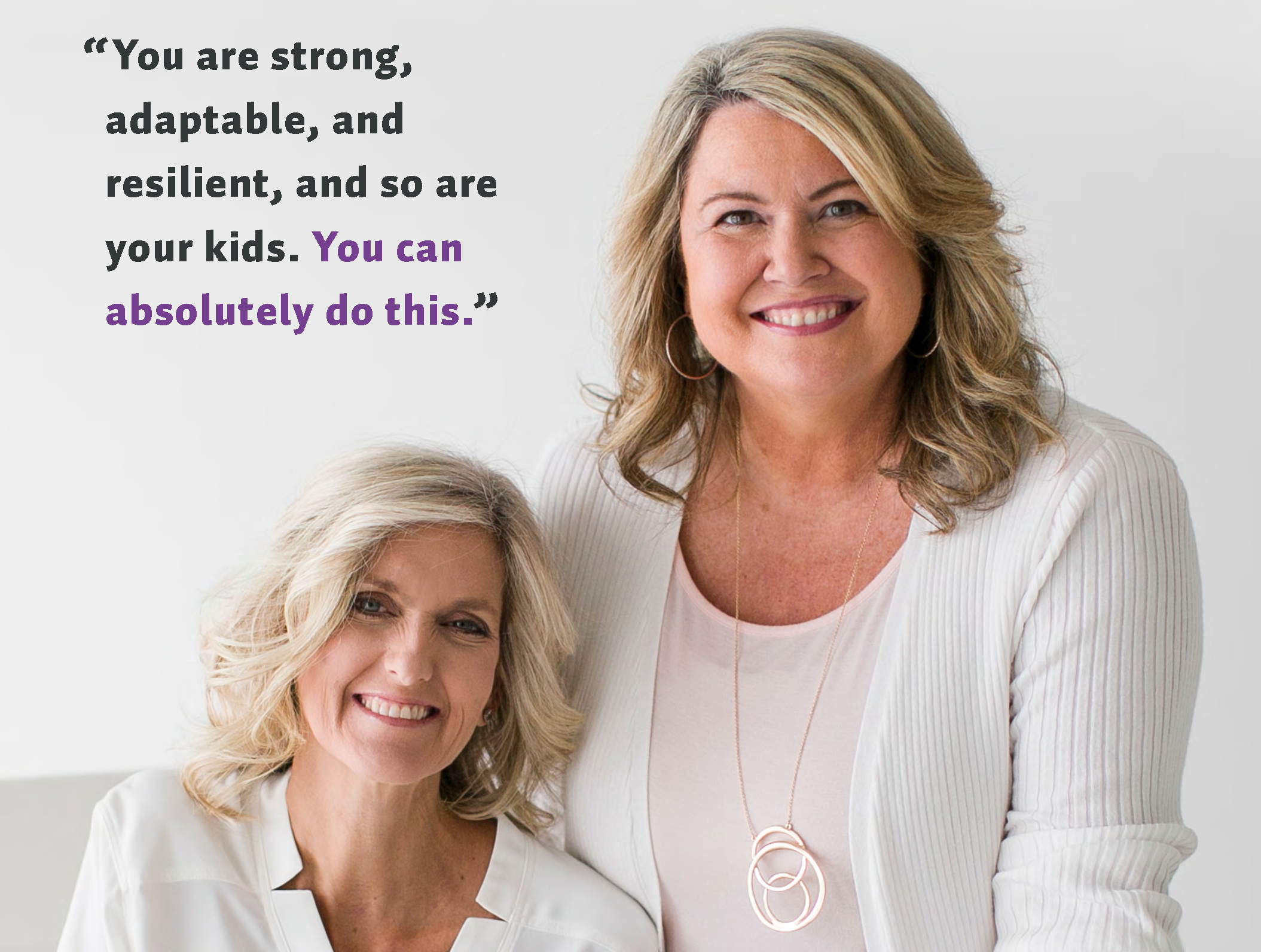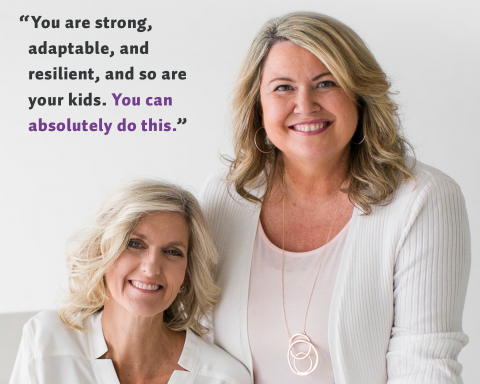A recording studio would be nice, eh?
So many of us are recording amazing podcasts in our home offices, walk-in closets, and zip-up recording booths we got on Amazon. And while we do our best to find the quiet spot in the house, most of us don’t invest time and money to understand the problems we need to be tackling.
But the good thing is… there are people out there who know everything about making our podcasts sound great.
Robb Wenner is the Director of Artist Relations at Auralex, a company focused on helping their clients control unwanted sound. When folks like Dreamworks, ESPN, Klipsch, and the Rock and Roll Hall of Fame trust their advice, you know they’ve got plenty of experience to handle our questions.
Recently, Robb spoke at the Nashville Podcasters Meetup about the science of sound. He also brought some Auralex products to show the audience how we can make our shows sound even better.
Outside of microphone choice (which I covered in last month’s feature), there are three main areas that we need to focus on in our quest to produce professional-quality sound.
-
Plug Holes
Sound is a lot like water. If you filled your room with water, would it stay filled, or leak out? If there is a gap under your door or holes in your walls, the water would drain out.
For podcasters, those holes also allow sound to come in. So, if you’re trying to record in your bedroom while your family is in the house, make sure to first plug the obvious holes.
One hole you might not think about is glass (i.e., windows). Unless you live behind the pharmacy drive-through at Walgreens, the glass in your house isn’t going to muffle any sounds. So, consider windows as holes, and cover them with thick curtains.
Drywall does muffle noise, but not very well. So, do the obvious thing, and move as far away from outside noise as possible. If the kids are in the lower front living room watching TV, don’t be afraid to record in the upper back bedroom on the opposite side of the house (even if that is your 13-year-old’s room—sometimes, the kids have to sacrifice for the team).
2. Internal Echo
Whether it’s your home office or your daughter’s bedroom, now’s the time to consider the internal features of the recording area itself.
The biggest problem we face in a home situation is echo. Wood floors, wide desktops, windows, ceilings, and walls all reflect sound, which is then picked up by the microphone and likely heard by the listening audience.
So, put yourself into the spot where you would be recording. Pretend you are playing pool. If you hit the ball straight forward, what would it do? If there is a wall directly in front of you, the ball would likely hit the wall and come straight back to you. This is the area where you definitely need something to absorb the sound, like a foam acoustic panel.
Do the same thing looking slightly left, all the way left, behind you, above you, and below you. Where will all the sound reverb come from?
If your floor is carpeted, you likely already have a sound-absorption piece in place. But if you have a wood floor, you may want to consider covering it with pillows or blankets before you start recording.
For the walls and ceiling around you, there are a variety of acoustic panels (foam and otherwise) you can get to help mitigate sound problems.
Robb showcased a couple different products that could specifically help podcasters in their home studios:
Absorption Panels
Foam panels are great because they serve two purposes. First, they absorb 75% of the sound that comes at them. Second, they reflect the sound away from your recording source. Placing them above your recording location and then at voice level around you in the room is the first step in changing your home studio into a professional recording situation.
If your husband, wife, or daughter says you can’t permanently install them in your space, then you have to get a bit creative. For instance, you could install them on plywood that you bring into your room on recording days and set against the wall. Alternatively, you could install them with the Velcro tabs from 3M instead (good luck with that).
Or, you can get portable panels that sit on your desk and hug your recording area.
The bottom line is that finding a creative way to add foam sound-absorption panels will improve your space.
Bass Traps
Ever go to a church with an organ? Do you recall that looming bass sound coming from it that just envelops the room?
Low frequencies can really wreak havoc on sound quality. And while the absorption foam on your walls is good, the corners of a room really accentuate the bass soundwaves.
Bass traps are foam corner pieces that specifically absorb low-frequency sounds. The sound enters the foam bass trap but doesn’t leave. These are especially important when you’re working in a room where large, flat surfaces meet at 90-degree angles.
Companies spend thousands of dollars hiring firms like Auralex to come in and create recording spaces, which means getting an NPR-quality sound at home is difficult to achieve.
But you can definitely improve your space, and if your show is really good, give your audience that gift of focus, because what you’re saying is probably more important than the sound in the background they’re trying to filter out.
November/December 2022 Issue












